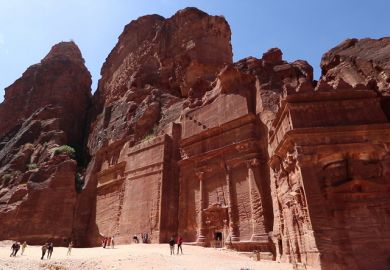The subject matter of this volume in the Oxford History of Art - Aegean art and architecture of the period 3300-1000 BC - falls uneasily in the interstices between "western" and "non-western" art. Prehistoric - and therefore "other" - because of its virtual lack of texts, it is also linked to the European artistic tradition by geographical location and historical position. In their introductory chapter, Donald Preziosi and Louise Hitchcock present a history of the study of Aegean art and situate it within the broader scholarly enterprise of art history. They reject an approach to art history in which narratives of artefact styles became narratives of social characteristics, of progress, or of otherness, often with reference to "western" art. Rather, they seek to move beyond simplistic dichotomies between peaceful, nature-loving Minoans and warlike Mycenaeans and to restore Aegean art and architecture as active components in the societies of ancient Crete, Greece and the Aegean islands.
Five chronologically defined chapters focus on sites "characteristic of a period or place" and "widely known and better-documented" artefacts. The first chapter spans more than 1,000 years and several hundred kilometres from the late neolithic of northern Greece to the eve of the "palatial" era of Aegean society in the southern Aegean island of Crete. Two chapters then explore this palatial world with a strong emphasis on Minoan Crete and the Aegean islands that shared its material culture. Each opens with a critique of the term palace, although no more appropriate substitute emerges. Towards its end, the second chapter veers off rather suddenly to mainland Greece and an all-too-brief presentation of the material from the "shaft graves" at Mycenae, arguably one of the most complex assemblages of artefacts in the Aegean Bronze Age. By implication, the prior existence of palatial Crete "explains" this sudden efflorescence on the mainland.
We then plunge fully into the Mycenaean late Bronze Age with a reconstruction of the well-documented palace of Pylos on the mainland and a useful account of Crete, often neglected in this period. The final chapter introduces a range of issues surrounding the end of the Aegean Bronze Age. Its discussion of the relations between Aegean artistic traditions and those of the wider eastern Mediterranean attempts to erode the isolation of Aegean art promoted by its early definition as the first European art. It is here that important recent discoveries of Minoan-style frescoes in Egypt and the Levant are discussed, although they belong early in the late Bronze Age, as the authors note. Connections with the central Mediterranean and Europe are shown on a map, but little is made of them. Preziosi and Hitchcock's gaze is consistently eastwards.
Both authors specialise in the architecture of Minoan Crete and this shows in the prominence of architecture - nearly a third of the illustrations are plans or reconstructions of sites - and an emphasis on Crete. The desire to restore artefacts to a social context is laudable, but sometimes the actors in this particular "restaging" remain in the wings. Surprisingly little effort is devoted to evoking the experience of the built environment as lived space or its effect on individuals. In the discussion of Thera, the frescoes unproblematically offer a reflection of human activities in the rooms where they appear, and, when found at Miletus in south-western Turkey, Mycenaean pots automatically equal Mycenaean people. Perhaps related is the summary treatment of the techniques, materials and craftspeople involved in artefact production. Surely attention to material culture's active role within a society need not entail the "death of the object"? Although the back cover rashly claims this text as a "first", readers might turn, for example, to The Arts in Prehistoric Greece by this volume's dedicatee, Sinclair Hood, for a complementary view with greater emphasis on artefacts and materials.
Photographs and plans are of a consistently high standard, many in colour,and the price is reasonable. There are few errors, but the omission of scales or dimensions from most object photographs and many plans does not aid the non-specialist. Perhaps more an archaeology than a history of art, the book nevertheless offers a compact and attractive introduction to the subject, accessible to the non-specialist, and also in tune with the radically different views that have evolved since the "pioneer" days of Heinrich Schliemann and Sir Arthur Evans.
John Bennet is lecturer in Aegean prehistory, University of Oxford.
Aegean Art and Architecture
Author - Donald Preziosi
ISBN - 0 19 284208 0
Publisher - Oxford University Press
Price - £9.99
Pages - 252
Register to continue
Why register?
- Registration is free and only takes a moment
- Once registered, you can read 3 articles a month
- Sign up for our newsletter
Subscribe
Or subscribe for unlimited access to:
- Unlimited access to news, views, insights & reviews
- Digital editions
- Digital access to THE’s university and college rankings analysis
Already registered or a current subscriber? Login



